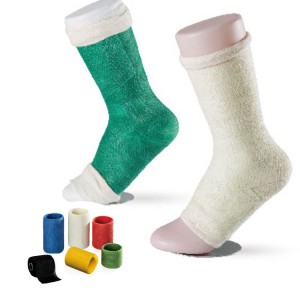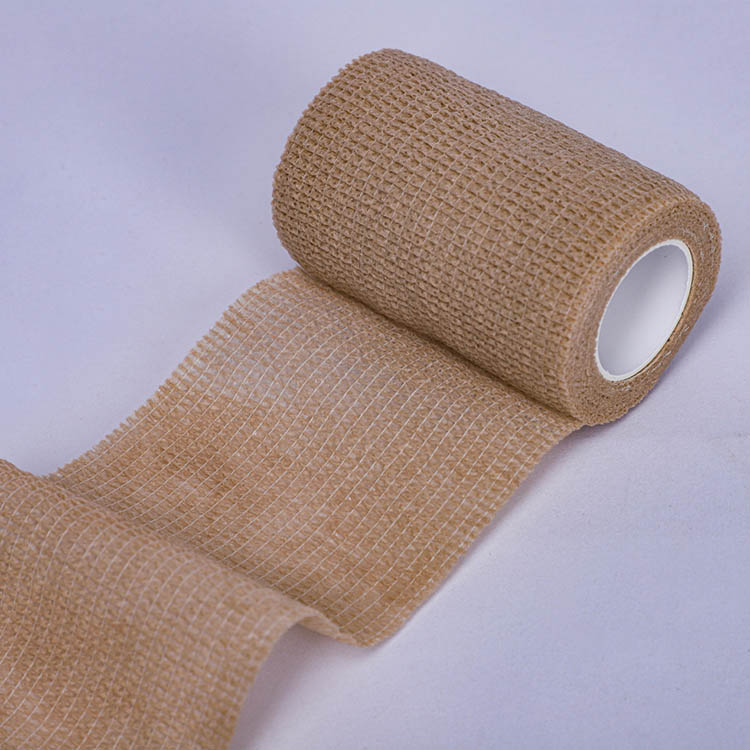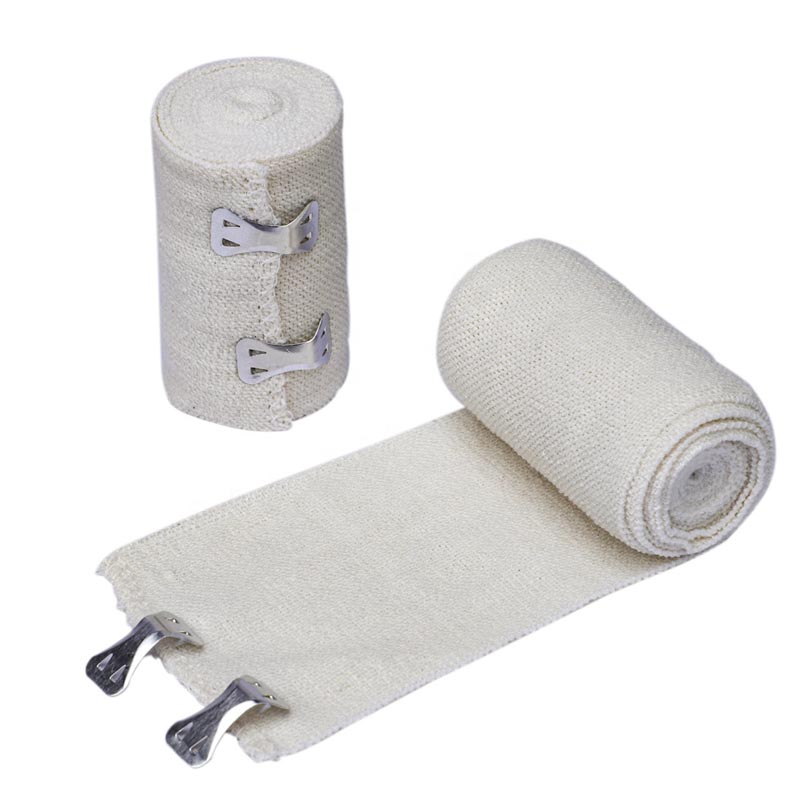Introduction to the development of polymer bandages | KENJOY
How is the development of polymer fiberglass bandages? Today, I will tell you about the development and characteristics of polymer bandages.
What is a polymer bandage?
Polymer bandages are made of a mixture of fiber cloth and polyurethane resin. Usually, you get a cast after a fracture. Gypsum is gradually eliminated because of its shortcomings such as easy to break, poor air permeability, high load, troublesome use and so on. With the use of foreign medical devices and the introduction of foreign advanced medical manufacturing technology, polymer bandages and polymer splints are born. Polymer bandage is mainly used to replace traditional plaster and is usually used for external fixation after fracture. It is the most advanced material in orthopedic external fixation at present.
The development of orthopedic external fixation materials
1. generation: plaster bandages.
2. generation: resin bandages.
3. generation: Xichen Bonnie polymer bandage.
Disadvantages of plaster splint: high load, airtight, easy to cause skin tightness and itching. The hardness is not enough, it is easy to break and the operation is unhygienic.
The disadvantage of resin bandage: it must be heated to 65 ℃ before it can be molded; it is easy to soften at high temperature in summer and its hardness is not enough.
The advantages of Hickson Bonney's polymer bandages:
1. High strength: 20 times harder than traditional plaster bandages.
2. Light weight: light material, less fixed materials, equivalent to 1 beat 5 of the weight of gypsum and 1 stroke 3 of the thickness, reducing the load of the affected area.
3. Fast hardening: it begins to harden in 3-5 minutes after opening the package, and can bear weight in 20 minutes. Plaster bandages take 24 hours to fully harden.
4. Good air permeability: the unique mesh weaving technology has good air permeability to prevent skin problems such as damp heat and itching.
5. X-ray: excellent permeability to radiation, clear X-ray effect, plaster bandage must be removed before taking film.
6. waterproof: the hardened shape is tight, the water absorption rate is 85% less than that of the traditional plaster bandage, and you can take a bath with a bandage.
7. Easy to operate: simple operation, short time and good plasticity.
8. Comfortable and safe: for doctors, the operation is simple and practical; for patients, there are no uncomfortable symptoms such as skin tightness and itching after the bandage becomes dry.
9. No pollution: the used products can be fully burned and the material incineration does not produce any pollutants.
10. Easy to remove: it is safe and convenient to dismantle with electric gypsum saw.
The advantage of polymer bandage is obviously better than plaster bandage, and it has gradually become the first choice of major hospitals. Xichen Bonnie specializes in producing polymer bandage polymer splint with stable and reliable quality and non-allergic skin, so you can rest assured to buy it.
The above is an introduction to the development of polymer bandages. If you want to know more about fiberglass bandages, please feel free to contact us.
Learn more about KENJOY products
Post time: Apr-28-2022




